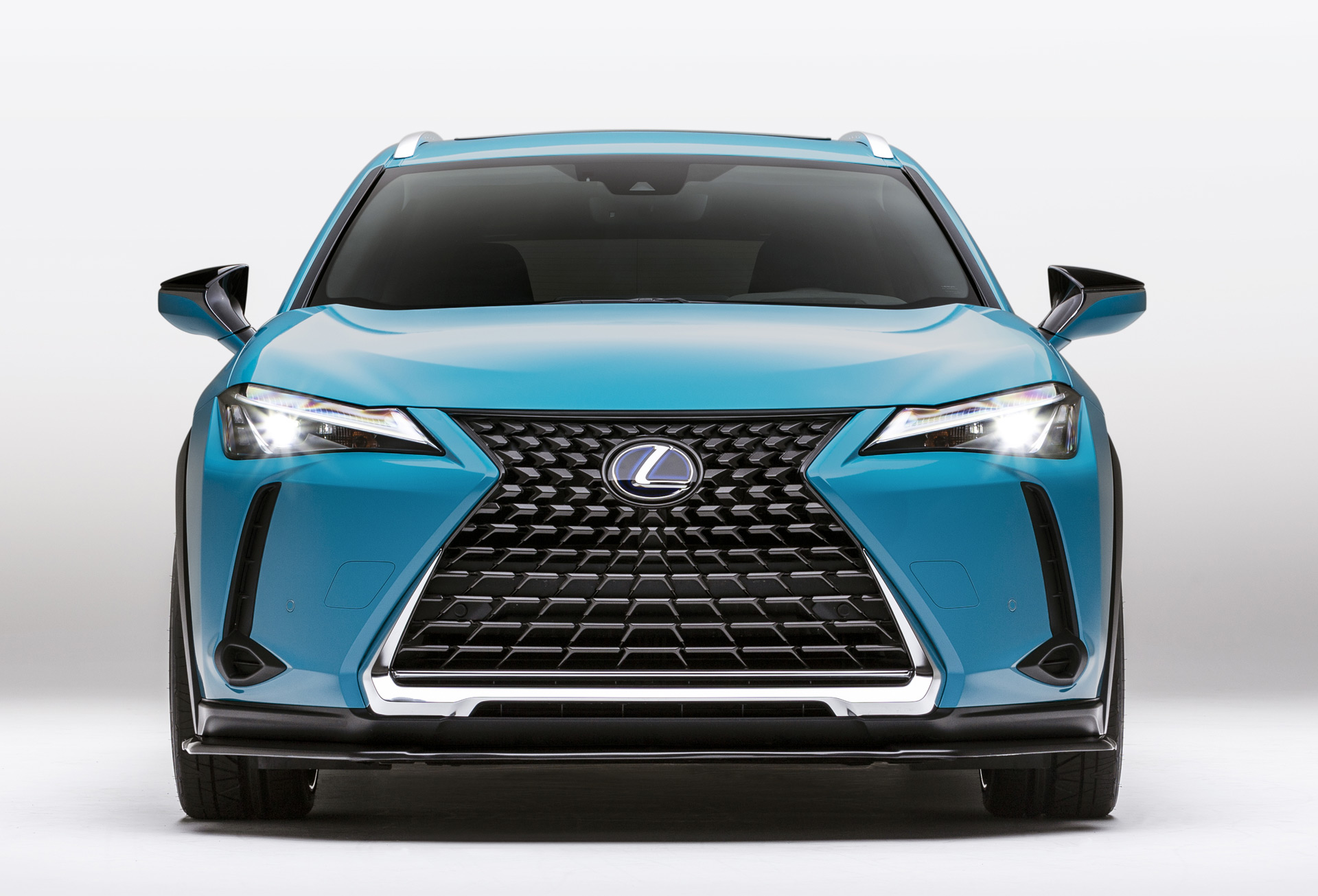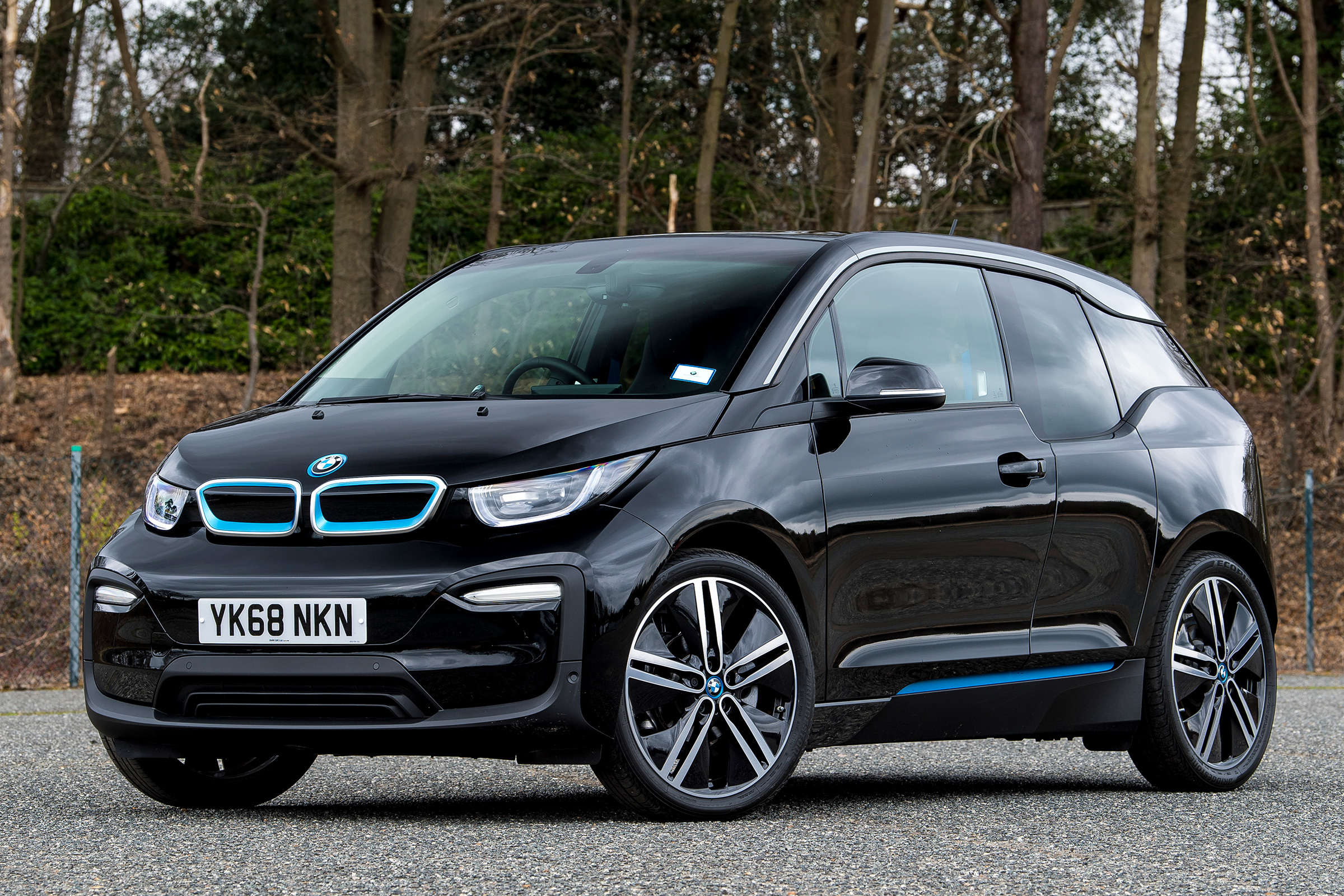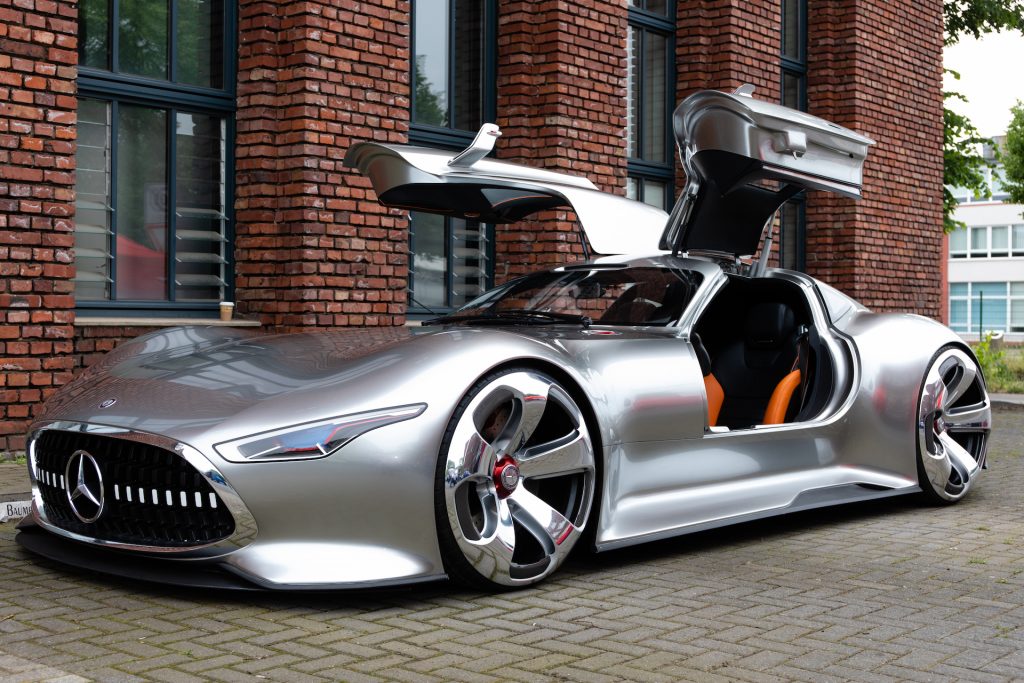
Hybrid electric vehicle full#
For a good understanding of the types of hybrid electric vehicles read the article Understanding micro, mild, full and plug-in hybrid electric vehicles.Īpparently it’s easy to define a Mild Hybrid Electric Vehicle (MHEV), but most of the sources give an incomplete definition. The general definition of a hybrid electric vehicle is the following: a hybrid electric vehicle is a vehicle with at least two sources of energy, one of each is electrical and reversible. Coupled with an internal combustion engine, the electric motor can provide torque assistance and torque boosting to enhance the overall dynamic performance of the powertrain. Customers expect from their new vehicles:ĭue to its fast torque response, an electric motor is the perfect candidate for these requirements. average acceleration for 0-100 km/h (all segments), trend / prediction 2002 – 2015 – 2025 (C-segment median values)Ĭredit: Magna (Getrag)According to Getrag (owned by Magna), the ratio between the energy density of the powertrain and the average acceleration of the vehicle has risen constantly over the years. This translates into higher expectations of the customers with regards to the dynamic performance of the new vehicle models. This is the only feasible way to achieve the average CO 2 emissions limits.Īnother significant major trend in the automotive industry is the fun to drive. The Automotive Council from UK has come up with a roadmap of the present and future automotive technologies, which have the final purpose of CO 2 emissions reduction. As you can see, the improvements on the vehicle and internal combustion engine efficiency are performed in parallel with the electrical hybridization of the powertrain.įor the vehicle manufacturers there is a certainty that, by 2020, a significant share of their vehicles models will be equipped with hybrid or pure electric powertrains.

Since CO 2 emission are directly related to fuel consumption, this translates in an average fuel consumption rate of about 58.8 mpg (gasoline engines) or 65.3 mpg (diesel). The International Council on Clean Transportation (ICCT) has published the current and future standards for fleet CO 2 emissions (see image above).įrom 2021 onward, the average fleet CO 2 emissions, in European Union, will be limited to 95 g of CO 2 per km. Image: Historical fleet CO 2 emissions performance and current standards (in g/km normalized to NEDC) for passenger carsĬredit: The International Council on Clean Transportation (ICCT)Ĭarbon dioxide (CO 2) emissions are gaining importance because they contribute to the greenhouse effect of the planet and impact the air quality.

Regarding CO 2 emissions limits and targets, in many countries around the globe, there are regulations in place for the amount of CO 2 produced by road vehicles.

In this first part, we are going to discuss about the major trends in automotive industry, why do we need mild hybrids and where MHEVs position themselves in the big picture.
Hybrid electric vehicle series#
The series is scheduled to have six parts, each one focusing on some key aspects of the MHEVs: This article is the first part from a series of articles / tutorials in which we are going to discuss about Mild Hybrid Electric Vehicles (MHEVs).


 0 kommentar(er)
0 kommentar(er)
